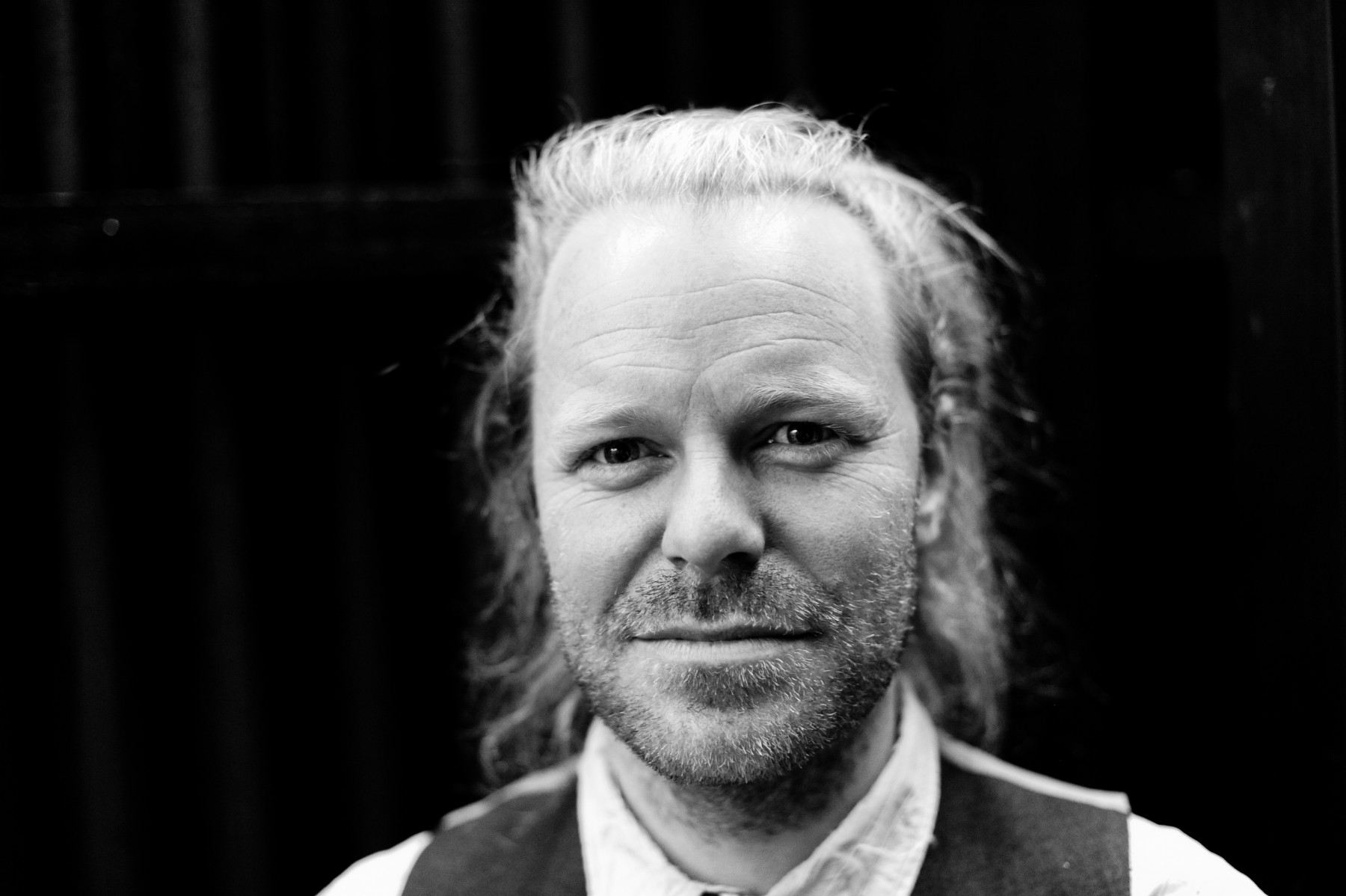Inside my kete is an entire whare. I carry this whare around with me as I talk to people, build relationships and try to support the self-determination of communities to enhance mental health. It is a taonga that reminds me of the incredible cultural wealth that mātauranga Māori represents and a blueprint for decolonising our conceptions of health and indigenising our theories, systems and environments to better serve both tangata whenua and tangata Tiriti.
One of the cornerstones in my kete is Te Whare Tapa Whā – a holistic model of hauora/wellbeing from Te Ao Māori as articulated by Sir Mason Durie. It is a touchstone for health promotion, a metaphor for our hauora. There are several indigenous models of health from Aotearoa and the Pacific including Te Wheke and Fonofale, and using more than one model is possible. The overarching commonality among many indigenous models is the depiction of health in a holistic sense – that it is made up of, and interacts with, multiple domains of life.
In other words, the different aspects of our health and wellbeing are interconnected and interdependent. These cannot, and should not, be separated out or looked at in isolation.
Te Whare Tapa Whā is a powerful model for understanding how impacts on wellbeing are felt across the different areas of our life, and also a guide for how we can work with this inter-connectedness to address issues and challenges. For example, what strengths might we draw on from our whānau and/or physical wellbeing to support our mental and emotional wellbeing? We can also use it to build our resilience by ensuring all our walls are strong and being looked after. Te Whare Tapa Whā is not just a fancy theoretical model, it can guide real-world planning and practice. It is a blueprint for building as well as a map for exploration. Mental health promotion can journey through many socio-environmental landscapes with a map like this. That is why our many projects can look so different and focus on numerous determinants of hauora.
The model reminds us that the solutions to the many challenges we face to our mental health can often come from other domains. That we draw strength and vitality from the physical, spiritual, mental and social realms, and that we are all dependent on, and part of, the whenua. Te Whare Tapa Whā is a reminder that we are all complex, interconnected beings, worthy of respect, worthy of care, that we are part of the whenua, as the whenua is part of us. And perhaps the metaphor has one other important story to tell – that we are all neighbours.
So much wisdom in one tiny house. The power of metaphor, of stories.
I try to be a good tenant in my whare, this gift from Te Ao Māori, even as I carry it around in my kete, it carries me too.
About Ciaran
Ciaran has worked for the Mental Health Foundation since 2008. He specialises in the areas of positive mental health, wellbeing, social marketing and mental health promotion strategy. He is a member of the global working group on mental health promotion for the International Union for Health Promotion and Education (IUHPE) and has served on the Technical Advisory Group for Te Hiringa Mahara, the new Mental Health & Wellbeing Commission on population wellbeing indicators.
Following the Canterbury earthquakes in 2011, he helped develop All Right?, the MHF’s award-winning partnership with Canterbury DHB Community & Public Health, focused on population wellbeing in the post-disaster recovery of Canterbury including the subsequent Kaikoura/Hurunui earthquake.
Book Details
Durie, Mason. (2001). Mauri ora: The dynamics of Māori health. Auckland: Oxford University Pres. ISBN: 9780195584189
Durie, Mason. (1998). Whaiora: Māori health development. (2nd ed.). Auckland: Oxford University Press. ISBN: 9780195584035.

